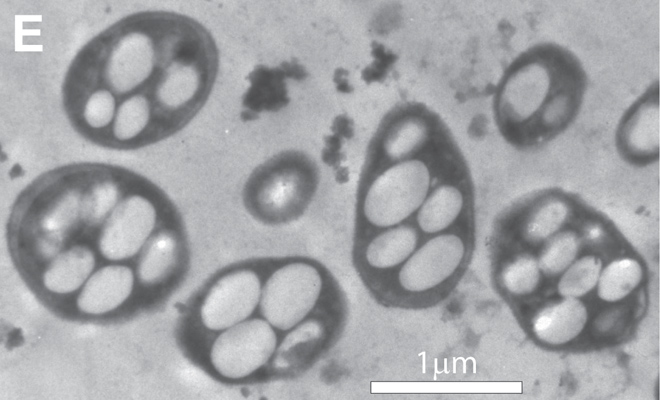NASA Finds New Life Form
December 2, 2010 | 12:36 pm | Categories: Biology

By Jesus Diaz
Hours before its special news conference today, the cat is out of the bag: NASA has discovered a completely new life form that doesn’t share the biological building blocks of anything currently living on planet Earth. This changes everything.
At its conference today, NASA scientist Felisa Wolfe-Simon will announce that NASA has found a bacteria whose DNA is completely alien to what we know today. Instead of using phosphorus, the bacteria uses arsenic. All life on Earth is made of six components: carbon, hydrogen, nitrogen, oxygen, phosphorus and sulfur. Every being, from the smallest amoeba to the largest whale, shares the same life stream. Our DNA blocks are all the same.
But not this one. This one is completely different. Discovered in poisonous Mono Lake, California, this bacteria is made of arsenic, something that was thought to be completely impossible. While Wolfe-Simon and other scientists theorized that this could be possible, this is the first discovery. The implications of this discovery are enormous to our understanding of life itself and the possibility of finding beings in other planets that don’t have to be like planet Earth.
No details have been disclosed about the origin or nature of this new life form. We will know more today at 2 p.m. EST but, while this life hasn’t been found in another planet, this discovery does indeed change everything we know about biology. I don’t know about you, but I’ve not been so excited about a bacteria since my STD tests came back clean. And that’s without counting yesterday’s announcement on the discovery of a massive number of red dwarf stars, which may harbor trillions of Earths.
For more current in-depth coverage, read Science News.
Source: [NOS - in Dutch]
Images: 1) New bacteria./Science/AAAS. 2) Mono Lake./Henry Bortman.
Take me home.